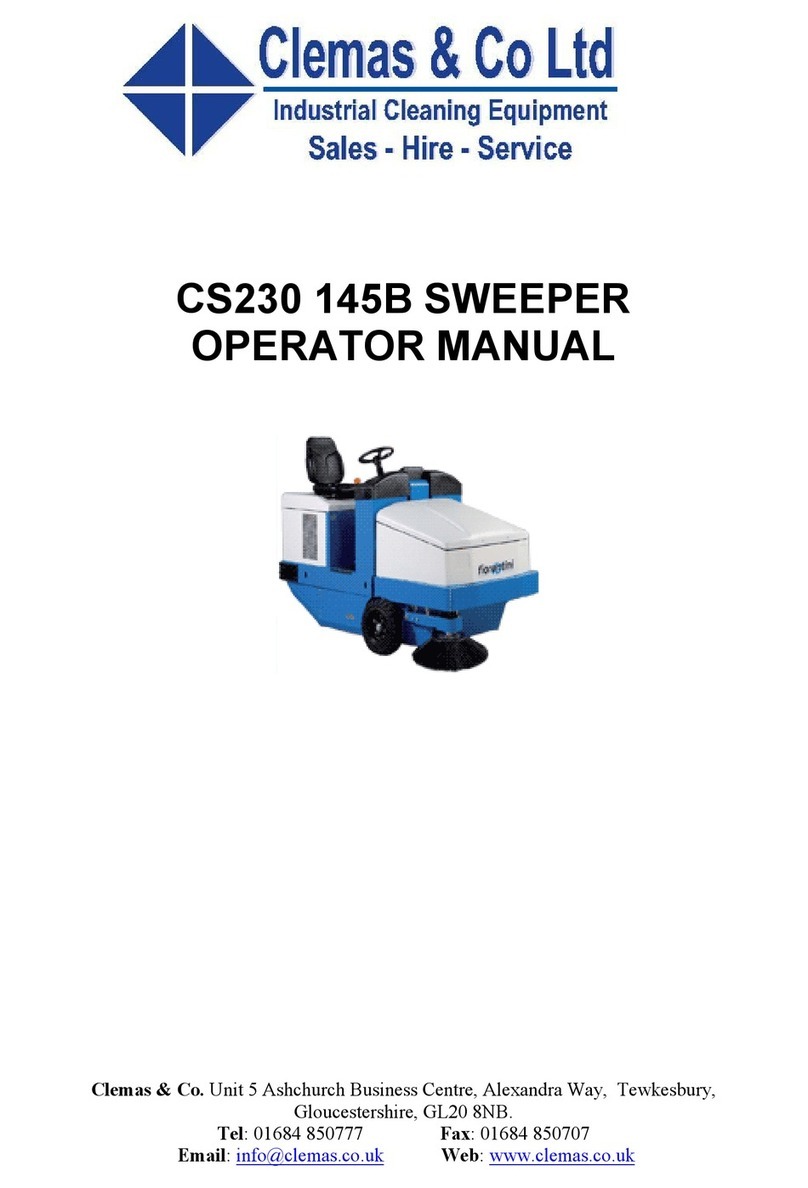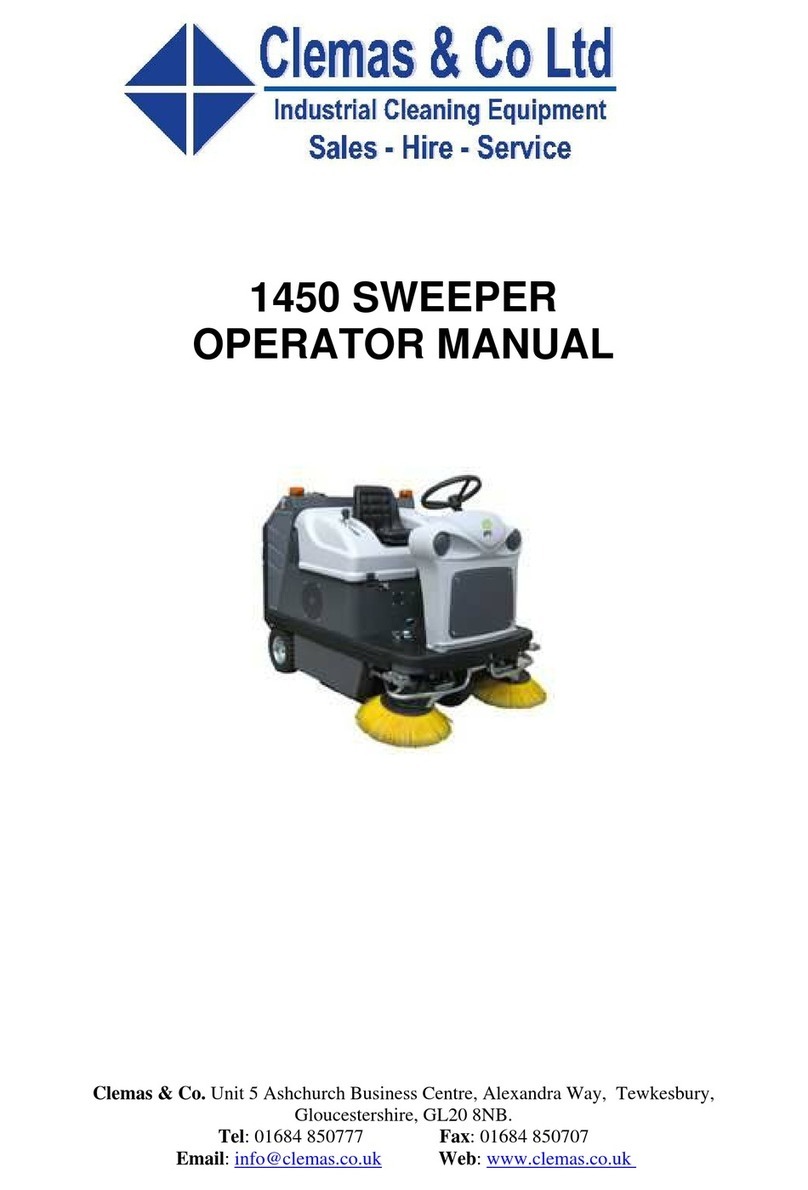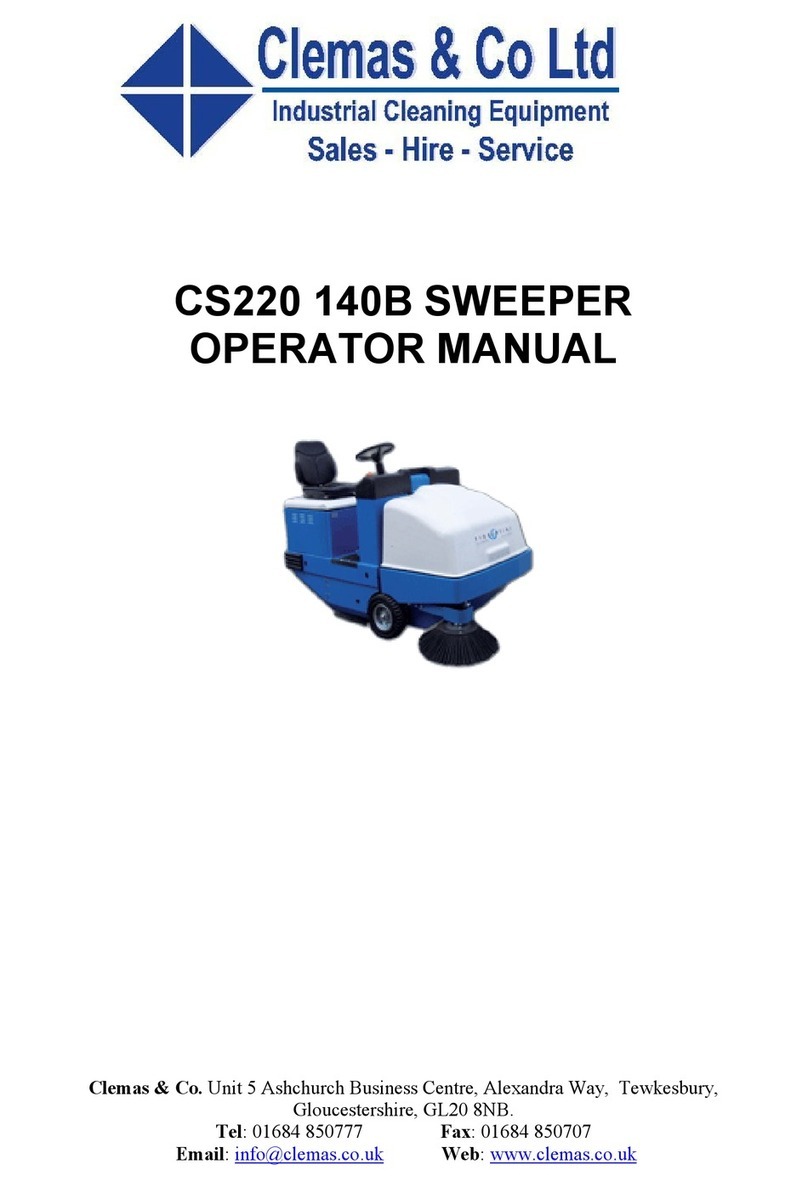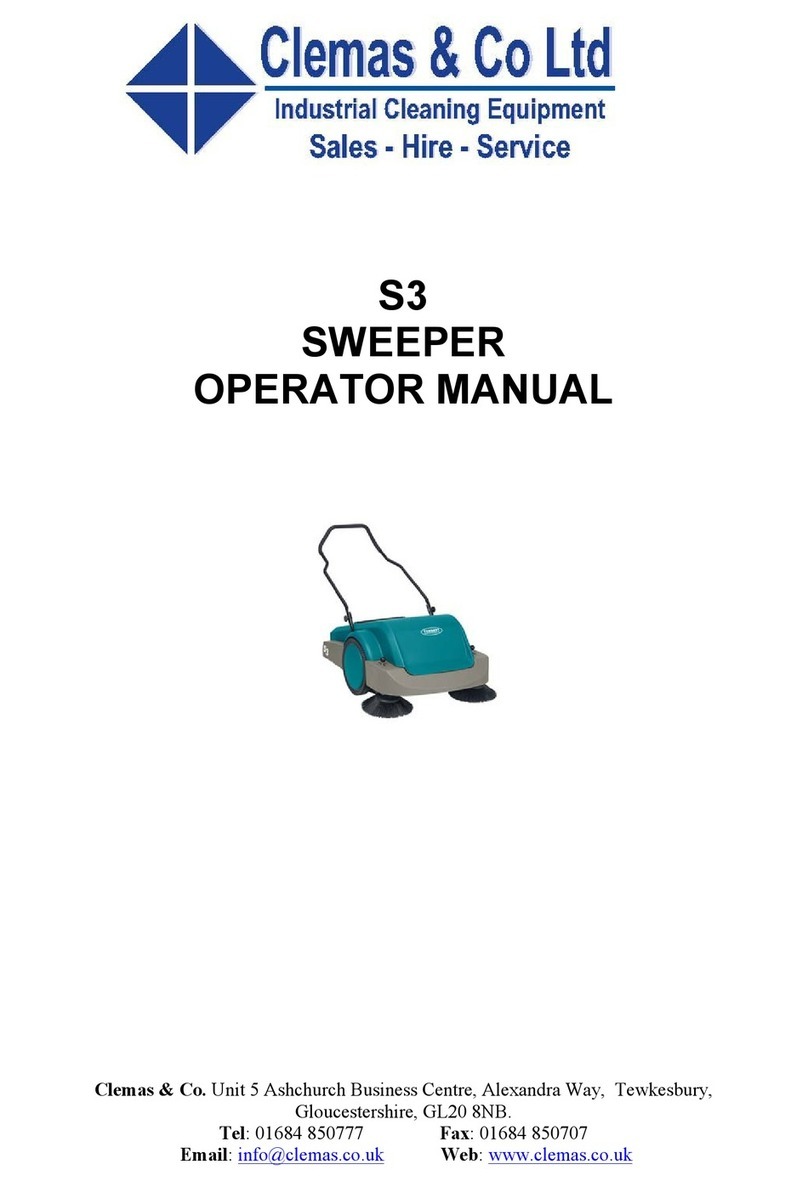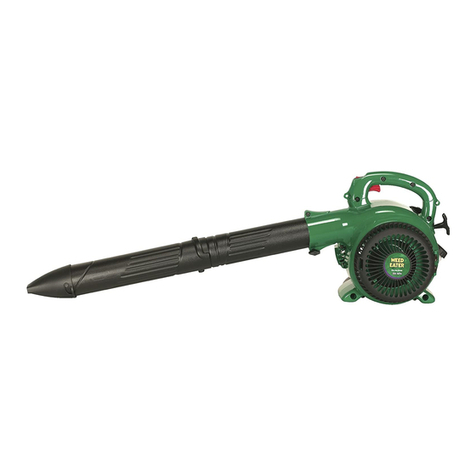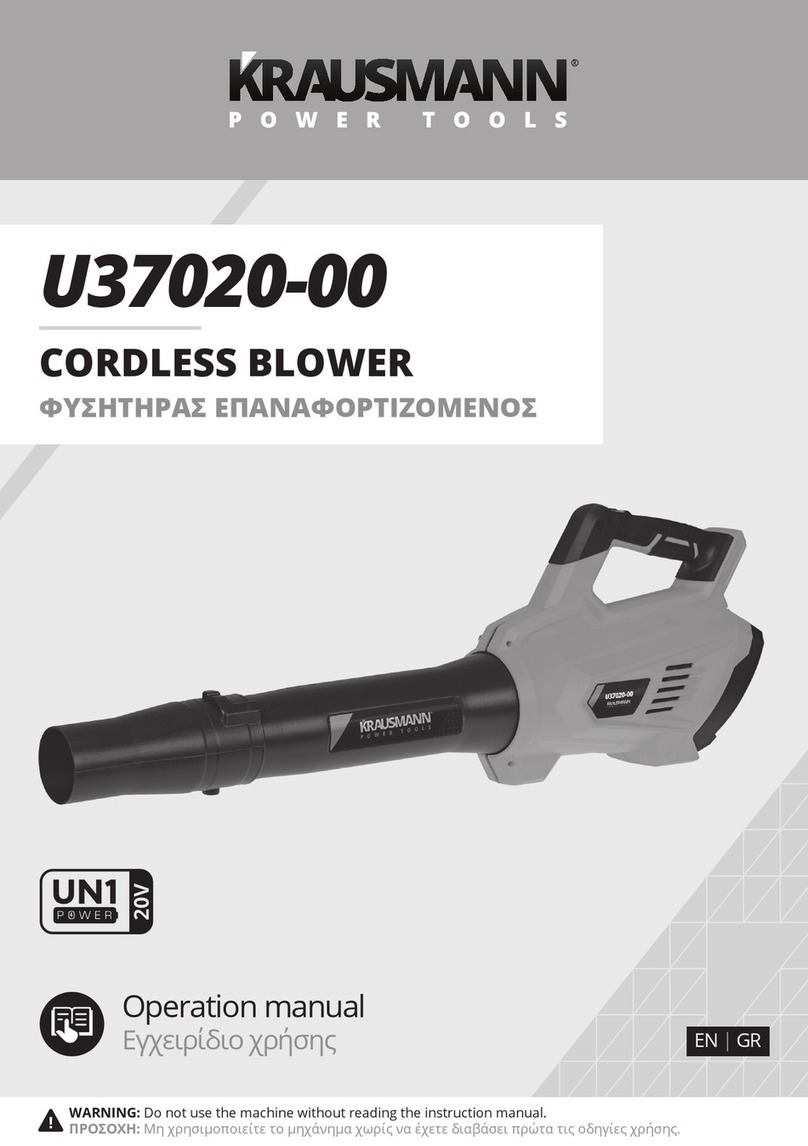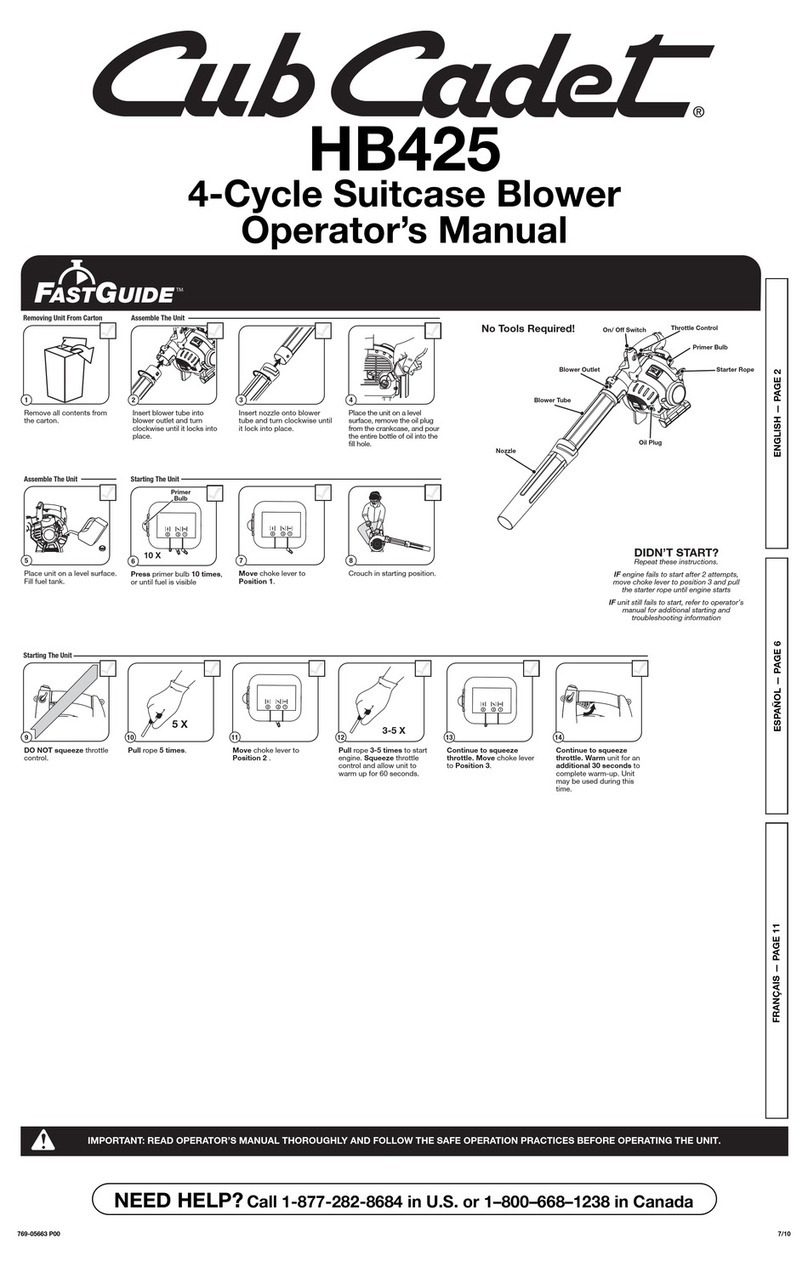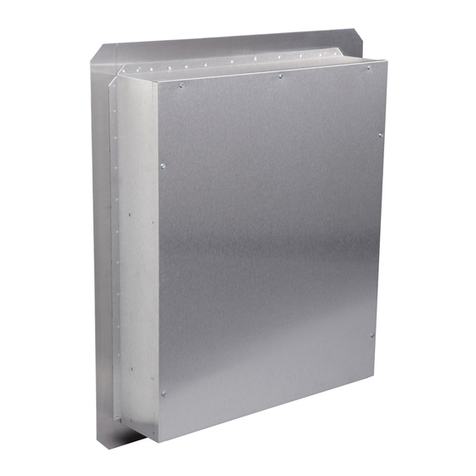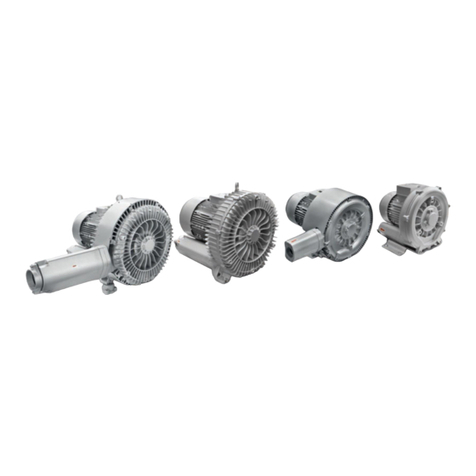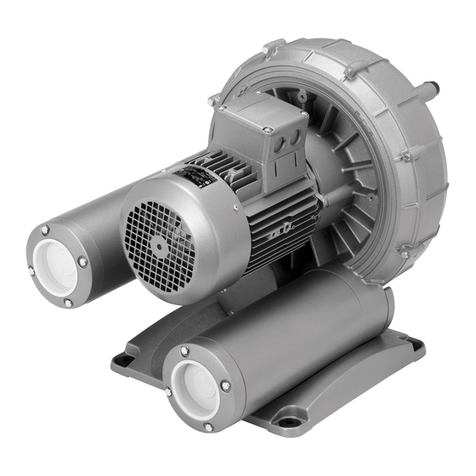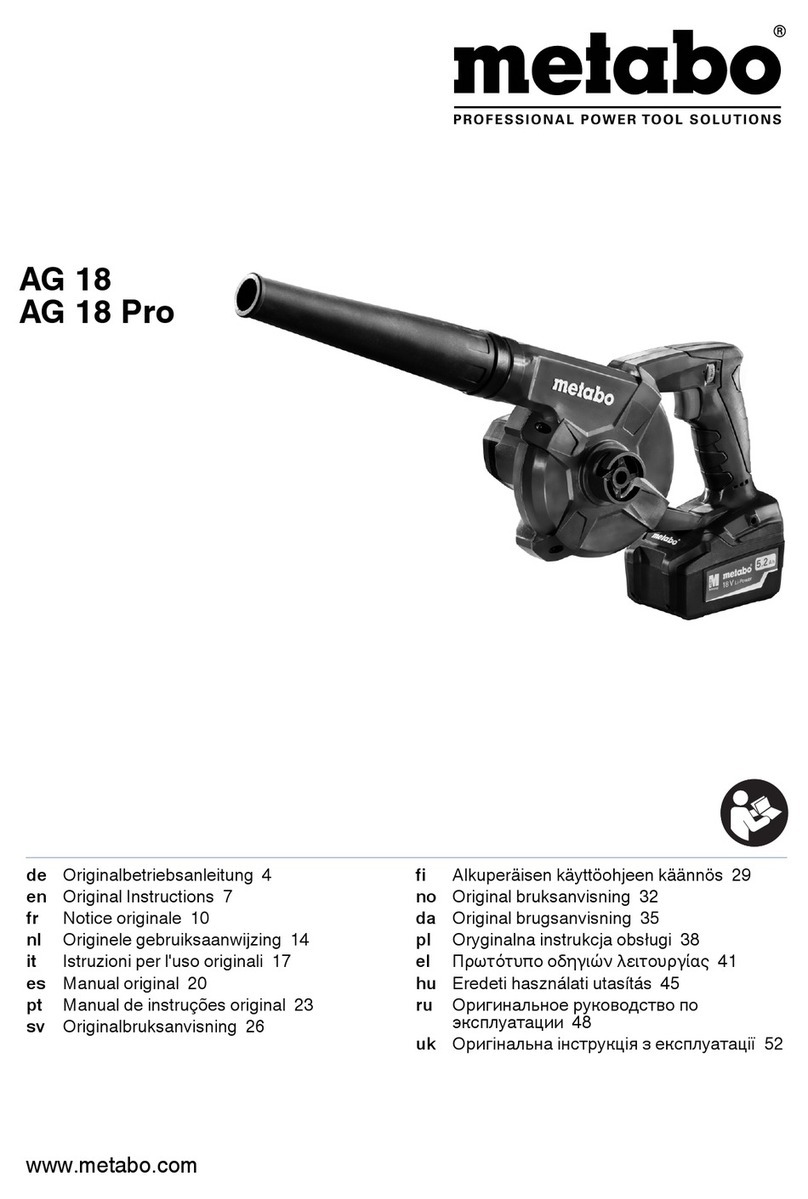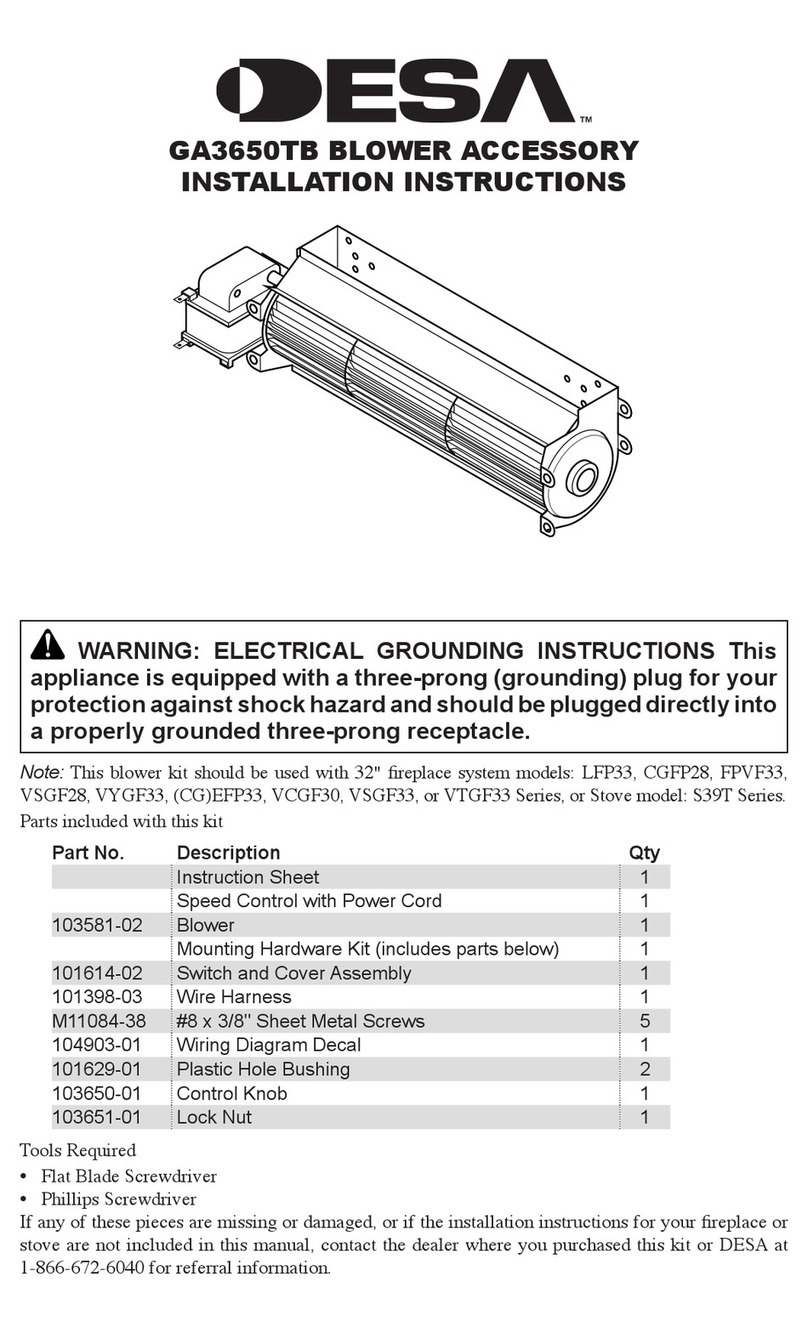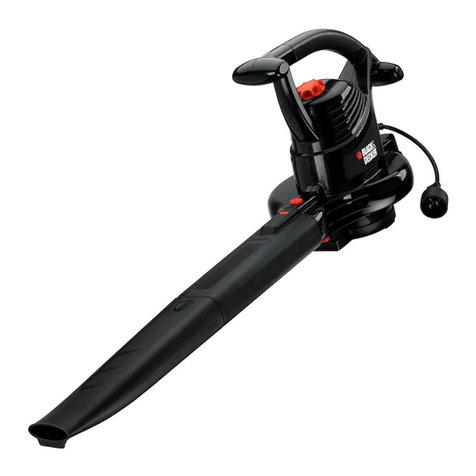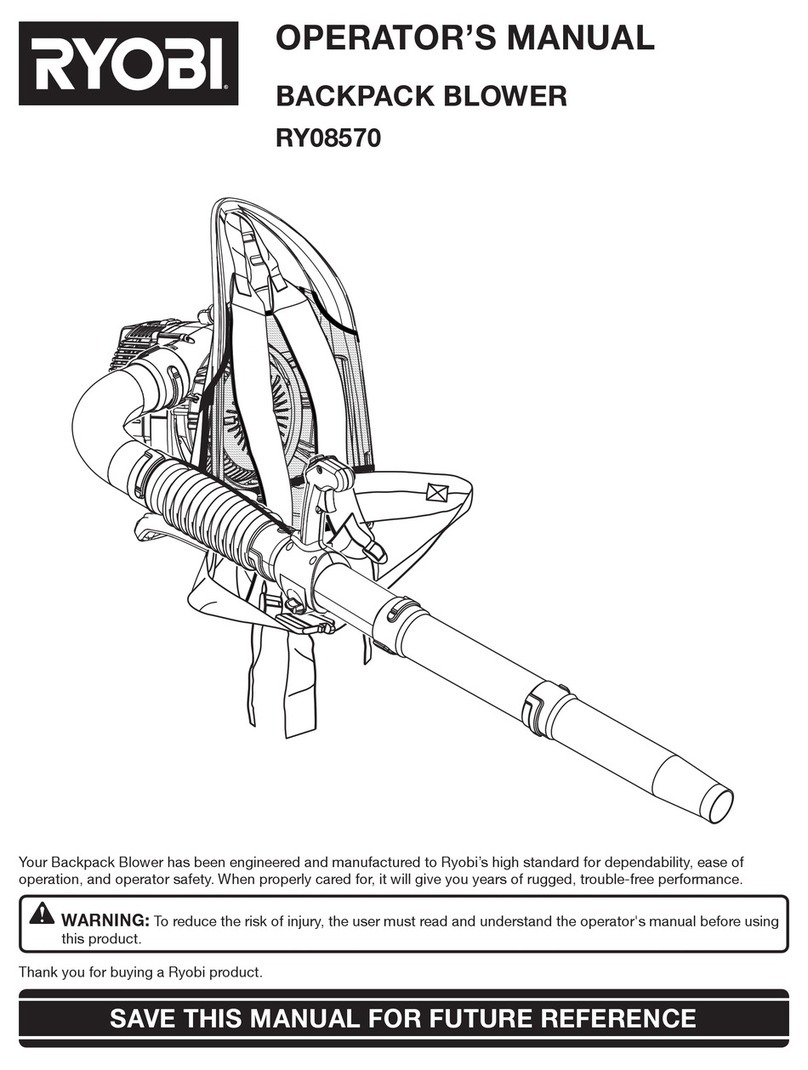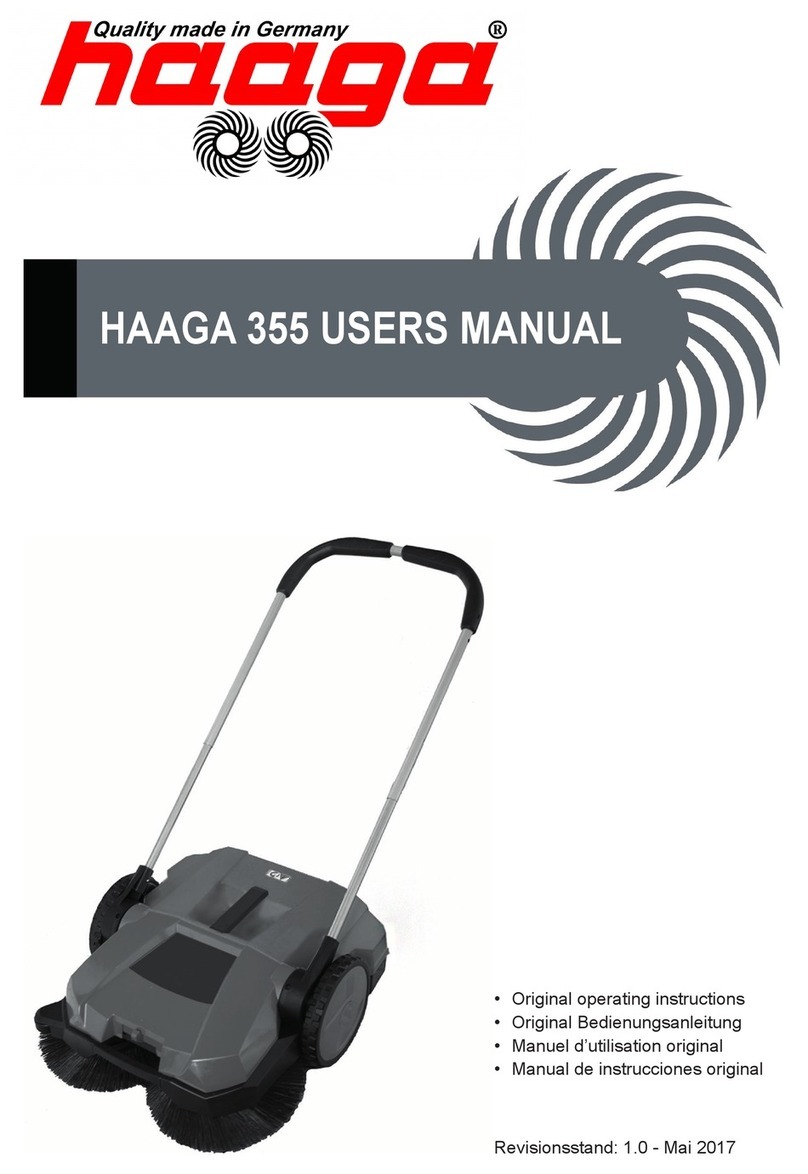
Manual code: PLDC01471
Spazzatrice 105 B ENGLISH Page 4 of 13
through 30°to ensure the clean part of the filter is always turned towards the bin (for optimum
suction power).
It is also good practice to clean the filter after one hour of work or at the start of each cleaning
session.
-Given the particular design of the machine, the filter can be cleaned while sweeping is in
progress. Bear in mind, however, that the air flow is reduced during filter cleaning for more
efficient shaking. You should therefore reduce working speed or stop altogether if the dust is
very fine.
-When the button in the row at the bottom left of the control panel (identified by the filter shaker
symbol) is pressed, the fan motor slows down and the filter is rotated. The dust deposited on
the polyester filter is removed by the plastic blades.
-Hold the button down for two or three 15 second cycles to shake the filter adequately.
-Experience will help you optimise down time for filter cleaning which need be performed only
when you notice that air filtering has become less efficient.
i.
SIDE BRUSHES:
To brush up to edges, in corners or around bends, lower the side
brush(es) using the lever(s) at the side of the control panel in front of the operator. While the
brush is being lowered, a switch activates rotation. The control is identified on the panel by the
side brush symbol. To deactivate the side brushes, raise the control levers described above to
brush against walls.
IMPORTANT: you are recommended to use the side brush(es) for the above operations only in
order to avoid lifting dust.
IMPORTANT: the side brushes rotate only when the centre brush is in use. To prevent the
brush bristles from being bent, always remember to activate the centre brush first, then the side
brushes.
j.
BIN 105/125 B:
to empty the bin, make sure that
all functions are spent, there is enough room to remove the bin and there are no obstacles to
prevent it being extracted.
After verifying the above, release the centre lever (the locking lever) and slide the bin out on the
wheels attached to the chassis.
After emptying, perform the same procedure in reverse to re-attach it.
IMPORTANT: Empty the bin at the back of the machine after the first half hour of work. The period
recommended for emptying the bin the first time is based on a cautious estimate. Depending on
the type of material and above all on the experience of the operator, emptying times can be
optimised to avoid emptying a half full bin.
IMPORTANT: to avoid damage to the bin during operation, when attached to the machine it is
raised off the ground. When released, it may drop suddenly. Take care to keep the legs and feet
clear.
k.
BIN 130 B:
to empty the bin, make sure that:
all functions are off
there is enough room to remove the bin and there are no obstacles to prevent it being extracted.
there are no people near the machine who could be injured by material dropping and/or bouncing.
The surface near the emptying area is flat to avoid tipping.


